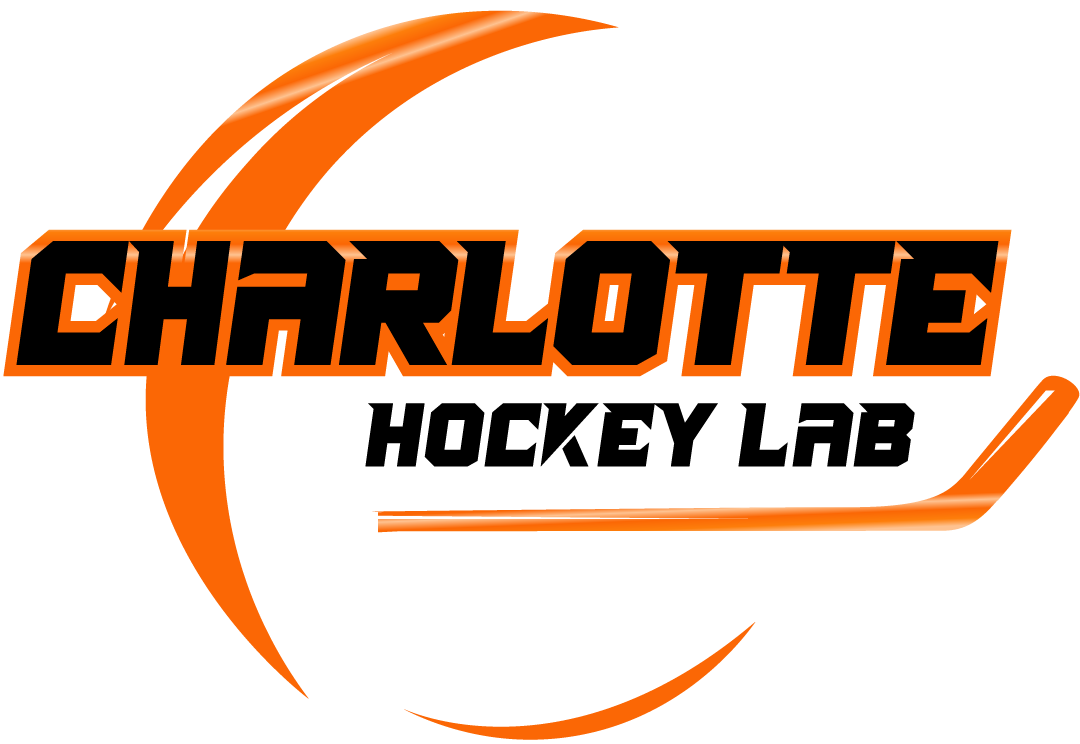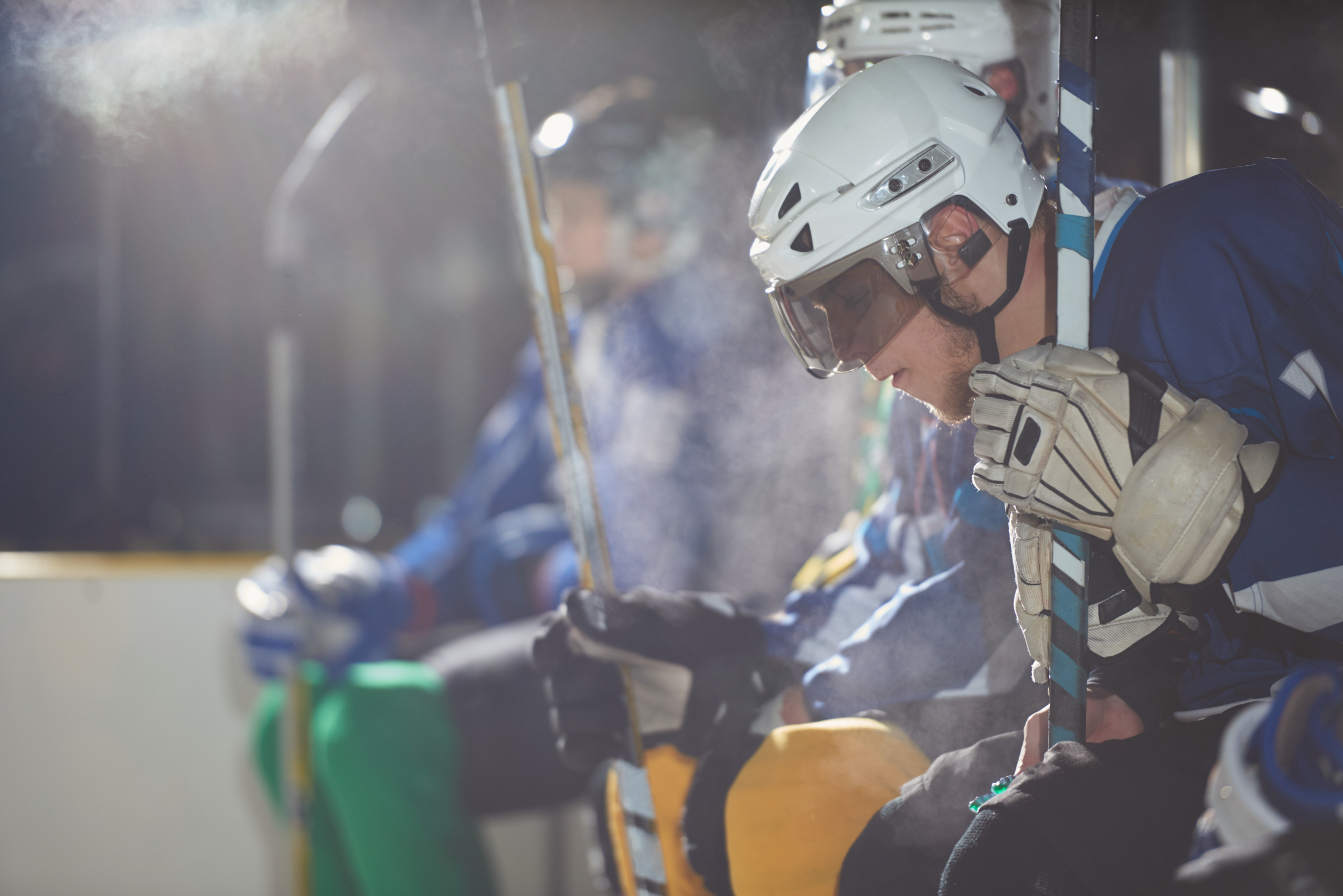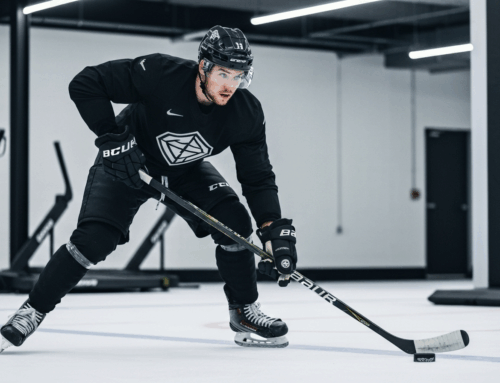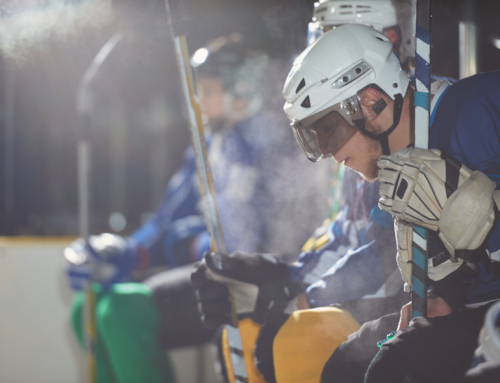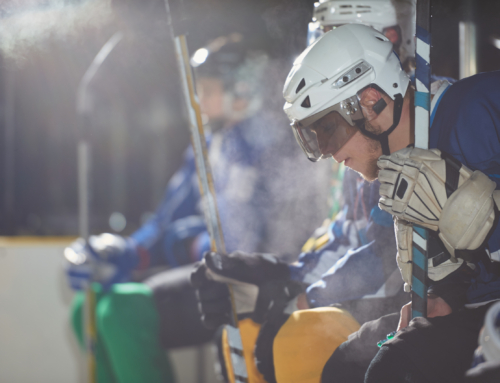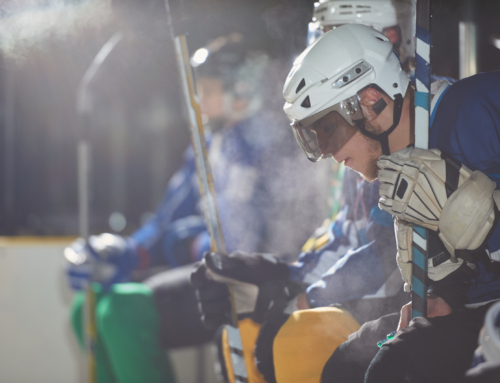How to Maximize Individual Training for Hockey Development Pathways
Understanding the New Direction in USA Hockey Development
The landscape of youth hockey in the United States is experiencing a transformative period, with USA Hockey actively shaping the future of player progression. At the forefront of this evolution is the concept of a new development league, designed to enhance the growth of promising young athletes. This initiative underscores a commitment to refining player development pathways, aiming to bridge the gap between youth hockey and higher levels like junior and college play. For aspiring hockey players, understanding these new directions is crucial, especially when focusing on how individual training for hockey development pathways becomes even more critical within this evolving structure. The goal is to create an environment where every player, regardless of their current level, has a clear path to maximize their potential.
Defining the Elite Development League’s Structure and Goals
The proposed USA Hockey Development League is envisioned not as a traditional league, but as a collaborative network of top-tier youth hockey programs nationwide. This innovative structure aims to standardize and elevate player and coach development by adhering to the principles of USA Hockey’s American Development Model (ADM). The league is slated to feature full-season teams exclusively, targeting two specific age groups: 15U (for 14- and 15-year-old players) and 17U (for 16- and 17-year-old players). A key aspect of this new framework is an open residency policy coupled with eligibility restricted to American players, fostering a focused environment for national talent development. Up to 36 programs, representing the elite 2-3% of youth hockey players, are expected to comprise this league, chosen based on their dedication to ADM and proven track record in developing players.
Optimizing Individual Training for Hockey Development Pathways
With the introduction of this development league, the emphasis on targeted, individual training for hockey development pathways will intensify. This means personalized approaches to skill enhancement, physical conditioning, and mental preparation will be more vital than ever. While team practices remain fundamental, supplementary individual training can significantly accelerate a player’s progress. This includes:
- On-Ice Skill Refinement: Dedicated sessions focusing on mastering specific techniques such as advanced stickhandling drills, precision shooting drills, and complex skating maneuvers.
- Off-Ice Strength and Conditioning: Tailored dryland training programs to build explosive power, agility, and endurance. This might involve plyometric drills, core stability workouts, and sport-specific strength training. Resources like this complete guide to hockey workouts can offer comprehensive insights for athletes seeking to optimize their physical readiness.
- Mental Toughness: Incorporating visualization techniques, goal setting, and stress management to help players perform under pressure.
- Nutrition and Recovery: Implementing structured dietary plans and recovery strategies to support intense training loads and prevent injuries.
- Tier I Hockey: Continues to be a significant pathway for competitive play and exposure.
- High School and Prep School Hockey: Provides a valuable platform for athletic and academic development.
- Tier II Hockey: Offers competitive play and a stepping stone to higher levels.
- Community-Based Programs: Form the grassroots foundation, fostering skill development and a love for the game.
For younger players, a structured 6-week off-ice training program for U12-U14 can provide a foundational athletic base, emphasizing body control and injury prevention without the use of weights.
Integrating the League into the Youth Hockey Pyramid
The USA Hockey Development League is designed to be an integral part of the existing youth hockey structure, not a replacement. Currently, the foundation of the hockey pyramid consists of approximately 85-90% of players in Tier II, Tier III, or community-based programs, including introductory ‘learn to play’ and ‘learn to skate’ initiatives across various age groups. The next layer is Tier I youth hockey (13O, 14U, 15O, 16U, and 18U). The new development league will occupy the pinnacle of this pyramid, collaborating with Tier I to establish a more defined and optimized path for American players. Programs invited to join the Development League would continue to field five teams but in specific age categories: 13O (Tier I), 14U (Tier I), 15U (Development League), 17U (Development League), and 18U (Tier I). This integration ensures that top players receive specialized training and competition while maintaining connections within the broader youth hockey ecosystem. For more information on the conceptual framework, consult the Frequently Asked Questions on USA Hockey’s Development League.
Beyond the New League: Exploring Diverse Player Progression Routes
It is crucial to understand that the USA Hockey Development League is intended to be one of several avenues for player advancement, not the sole pathway. Players not participating in this elite league will still have ample opportunities to progress to junior and college hockey. The diverse landscape of American youth hockey offers multiple routes:
The new league is being constructed to offer multiple entry and exit points, allowing flexibility in a player’s development journey and ensuring that individual training for hockey development pathways remains a personal and adaptable process. The focus remains on strengthening the overall player pool for all levels of junior and collegiate hockey.
The Legacy and Future of American Hockey Player Growth
The concept of the USA Hockey Development League represents a natural progression in the organization’s long-standing commitment to player development. This initiative follows in the footsteps of significant historical milestones, such as the establishment of USA Hockey’s National Team Development Program (NTDP) in 1996 and the widespread adoption of the American Development Model (ADM) in 2009. Each of these milestones aimed to elevate the standard of player development across the nation. The new league, if adopted, is anticipated to build upon this legacy by creating an even more structured and elite training environment for a select group of young American players, further solidifying the pipeline of talent for future national and international competition. The discussions and legislative processes are ongoing, with a potential vote in early 2026 and play beginning in the fall of that year, marking another significant chapter in American hockey’s pursuit of excellence.
Have questions? Contact us here.

We use only the finest ingredients to produce stellar tastes.
